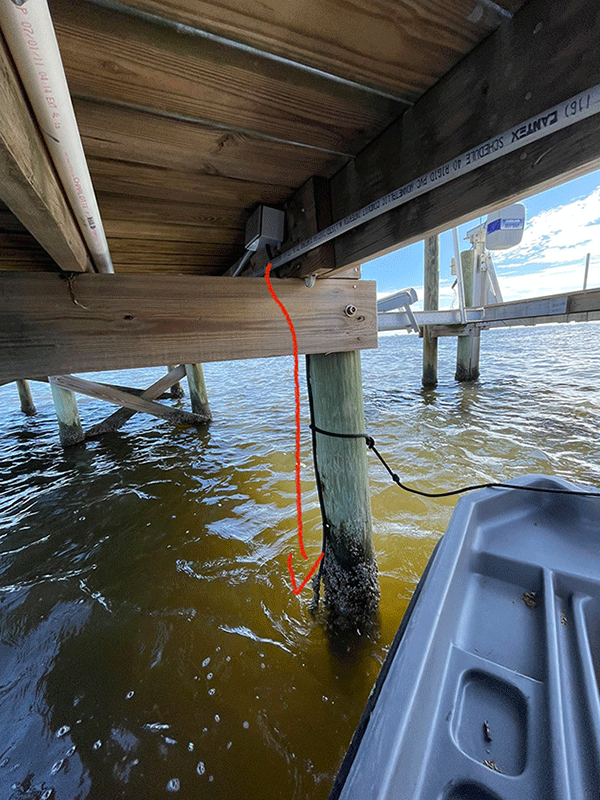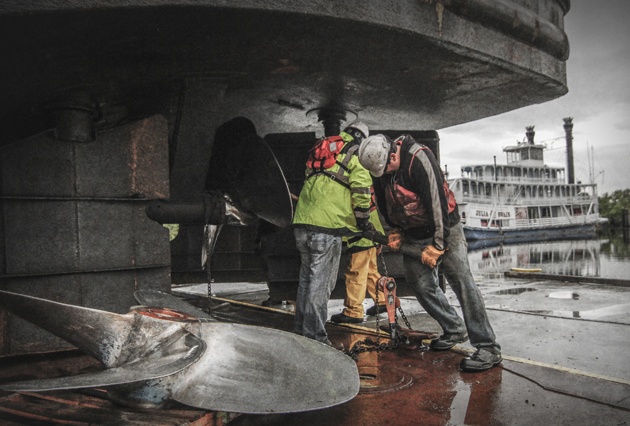Usual Problems That Lead to Pricey Dock Repairs
Usual Problems That Lead to Pricey Dock Repairs
Blog Article
Reliable Dock Repair Techniques: Ensuring Structural Honesty
Ensuring the structural honesty of docks with effective fixing techniques is extremely important for the longevity and safety and security of marine facilities. Ultimately, selecting the ideal repair materials, such as composite products and corrosion-resistant alloys, is critical for sturdiness.
Analyzing Dock Damage
Examining dock damages is an important initial step in making certain the architectural honesty and security of any type of docking facility. Key aspects to analyze include the dock's foundation, pilings, outdoor decking, and equipment (Dock Repairs).
Architectural designers or certified examiners usually do these analyses utilizing specialized tools and techniques. Underwater inspections could use sonar equipment or from another location ran automobiles (ROVs) to discover submerged damages. Above water, visual examinations are matched by utilizing moisture meters and various other diagnostic devices to uncover underlying concerns not promptly visible to the nude eye.

Finding Fixing Materials
Choosing the ideal repair products is a critical step in the dock reconstruction procedure, one that directly affects the durability and performance of the fixed structure. Material option must be driven by factors such as ecological conditions, load-bearing needs, and compatibility with existing dock elements.
In addition to timber, composite materials are increasingly prominent due to their durability and reduced maintenance demands. Composites, normally made from a blend of plastic and timber fibers, provide excellent resistance to rot, pests, and UV damage. For steel docks, selecting corrosion-resistant alloys such as galvanized steel or marine-grade aluminum is necessary to stop rust and make sure structural honesty in saline water conditions.
Epoxy materials and marine-grade sealers are important for fixing splits and sealing joints, offering a water-proof barrier and improving the dock's total strength. By carefully choosing high-grade materials, dock repair work can accomplish durable outcomes, thereby protecting versus future destruction and ensuring safe, dependable use.
Architectural Support Strategies
Reliable architectural support strategies are critical in guaranteeing the stability and durability of dock repair work. One essential technique includes the use of steel or composite reinforcement bars (rebar) within concrete structures. Rebar offers additional tensile stamina, preventing cracks and dispersing lots extra uniformly. This technique is especially efficient for anchors subjected to heavy loads or severe environmental problems.
One more crucial strategy is the application of fiber-reinforced polymers (FRP) These materials offer high strength-to-weight proportions and outstanding resistance to rust, making them optimal for strengthening wood or concrete docks. FRP can be applied in strips or sheets and bound with epoxy materials to enhance architectural integrity.
Bracing and anchoring systems likewise play an essential role in architectural reinforcement. Cross-bracing, making use of metal or wood light beams, can counteract side pressures, reducing swaying and motion. Anchoring systems, such as helical piers or driven stacks, give a steady foundation by transferring lots to much deeper, more stable dirt layers.
Finally, the combination of load-distribution plates can help disperse weight extra evenly throughout the dock's surface area, mitigating localized anxiety factors. These techniques collectively ensure that anchors continue to be safe and durable, efficient in standing up to the roughness of their operational atmosphere.
Advanced Repair Service Methods

An additional innovative strategy entails undersea welding, which allows for repairs see this site to be carried out without the requirement to dewater the location. This approach is particularly helpful for resolving architectural concerns in immersed dock parts, ensuring very little disturbance to operations. Improved welding techniques, coupled with robotic systems, provide precision and integrity, thereby expanding the lifespan of the dock.
Additionally, cathodic defense systems are carried out to avoid deterioration in metallic dock frameworks. By making use of sacrificial anodes or impressed existing systems, these methods successfully reduce the electrochemical processes that lead to product damage.
Last but not least, progressed surveillance technologies, such as architectural wellness monitoring (SHM) systems, provide real-time data on the problem of dock structures. These systems allow proactive upkeep and timely treatments, eventually making certain the lasting architectural honesty of the dock.
Maintenance and Avoidance
Upkeep and prevention are essential ideas that underpin the longevity and security of dock structures. Routine assessments are paramount, enabling very early discovery of damage, prospective weaknesses, and environmental impacts. A proactive method, entailing routine checks for deterioration, rot, and architectural shifts, mitigates pricey repair services and lengthens the dock's operational life.
Safety nets must include using safety finishes to steel elements to defend against corrosion and making use of cured timber to resist degeneration. Furthermore, making certain appropriate drain and air flow can prevent water buildup, which is a common cause of structural destruction. Incorporating quality materials and adhering to manufacturer standards during construction and repair phases additionally play important duties in improving resilience.

Educating employees in dock upkeep ideal practices makes sure consistent application of safety nets. Leveraging technological advancements, such as drones for assessments and sensors for real-time monitoring, can additionally boost upkeep initiatives. By focusing on upkeep and prevention, dock proprietors can make sure structural integrity, operational security, look these up and cost-efficient administration over the dock's life expectancy.
Conclusion
In final thought, preserving the structural stability of aquatic facilities demands comprehensive dock fixing methods. Advanced repair service methods, coupled with regular maintenance techniques, ensure the dock stays risk-free and functional under varied environmental problems.
Ensuring the structural integrity of docks via efficient repair strategies is extremely important for the long life and safety and security of marine centers.Picking the appropriate repair service products is a pivotal step in the dock restoration process, one that straight affects the durability and efficiency of the fixed framework.Reliable architectural support strategies more info here are vital in making sure the stability and longevity of dock repair work. By focusing on maintenance and prevention, dock proprietors can ensure structural honesty, operational security, and affordable monitoring over the dock's life-span.
In final thought, keeping the architectural integrity of marine centers requires detailed dock repair strategies.
Report this page